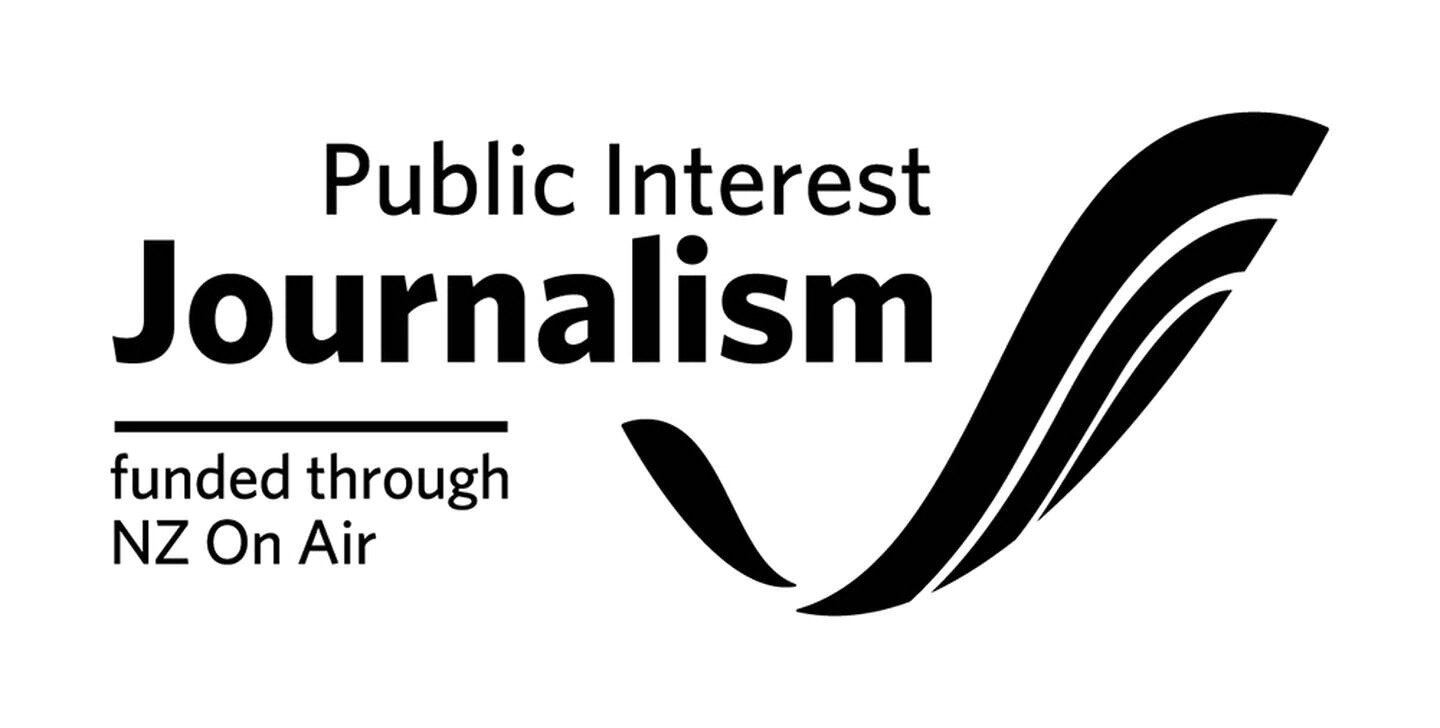The second most spoken language in Auckland and the third most spoken in Aotearoa is being celebrated this week in ‘O le vaiaso o le gagana Sāmoa’ (Sāmoan Language week).
This week is particularly significant to Sāmoa because it's the Pacific country's 60th anniversary of its independence.
Western Sāmoa (now Sāmoa) became an independent sovereign state in 1962 and formed its own government. Earlier it had been ruled by Germany and later New Zealand and had had two civil wars.
This year’s theme for Sāmoan Language Week is "Fa’aāuāu le folauga I le va’a o tautai", which means "Continue your journey with the help of the ocean's expert navigators".
The University of Auckland's Sāmoan language head, Lemoa Henry Fesuluai, says honouring Pacific languages like Sāmoan is vital because it helps Sāmoans understand their culture.
“We learn a lot from our Māori peers, our Māori cousins, and how they have revitalised te reo Māori. In the pōwhiri you can no longer speak English but they accept our mother tongue.
Free language classes
“To me, that shows how important identity is, how important a person's heritage is, and you need to understand that.”
He believes people can understand Sāmoan culture using the English language but “you’re always going to have that tainted westernised view”.
For anyone interested in learning, online resources are readily available.
McAuley High School's Sāmoan language teacher Jenny Charlie believes they can be found with little effort.
“Jump on Google, type in Sāmoan resources, it’s all on Google. From the alphabet to numbers, and then you have YouTube videos of people who just want to teach the language.”
“We have programmes like ‘The Center of Pacific Languages’ that offer language classes - and they’re free courses.”
Fewer speakers
Keeping the language alive in Aotearoa comes with its own set of challenges.
From the 1950s to the 1980s, Aotearoa saw an influx of Sāmoan immigrants, who were invited to do factory work.
Churches were one of the places where they would meet regularly.
But Sāmoan cultural advocate Satuala Tofaeono says fewer young people are participating in church, which has impacted the language's preservation.
According to the last census, the number of Sāmoan language speakers in Aotearoa has decreased by 15-20 percent.
For Tofaeono, this means Sāmoans will have to discover new ways to preserve Gāgana Sāmoa.
Sports connection
“Not many of our people are attending church. But now there are other opportunities for us to share the culture, for example through sports teams. These are now new ways we can engage with our community and promote our language.”
Fesuluai, Charlie, and Tofaeono are grateful to have a week that embraces the language.
Tofaeono, who is also a Sāmoan matai (chief) says, “Sāmoa is one of the only countries to have a treaty of friendship with New Zealand, so it makes Sāmoan Language Week quite special, as do our blood ties to this country, through tangata whenua. We are quite fortunate to be part of this country.”
“It’s an important week for Sāmoans here in Aotearoa. It gives us a chance to promote and share our culture, not only with Sāmoans but also non-Sāmoans.”
Sāmoan Language Week finishes on Saturday.

